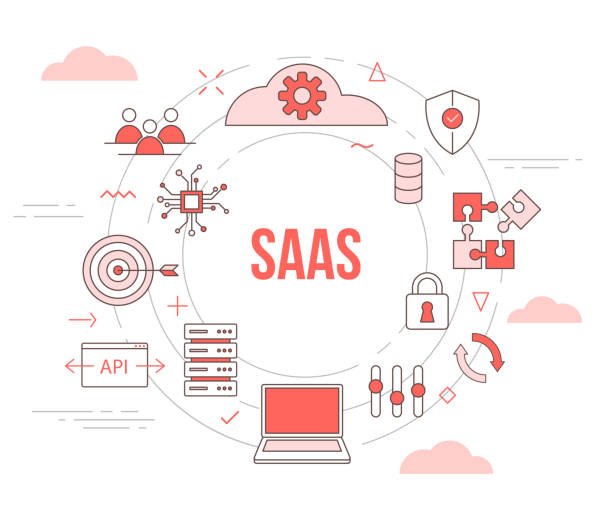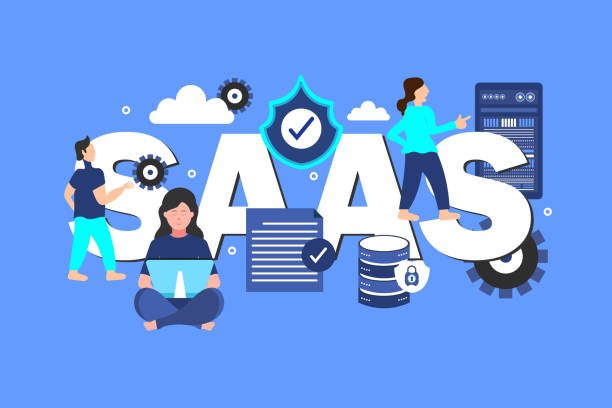
How to Help Engineers Make Time for On-the-Job Training
On-the-job training is crucial for engineers to stay updated and skilled in their fields. However, finding time for training amidst busy schedules can be challenging. In this article, we’ll explore practical strategies to help engineers prioritize and integrate on-the-job training effectively.
Welcome to a guide aimed at engineers who struggle to find time for on-the-job training. This article will provide actionable tips and insights to make the most out of learning opportunities while balancing work responsibilities.
Understanding the Importance of On-the-Job Training
On-the-job training refers to learning and skill development that occurs within the work environment. It is essential for engineers to continually update their skills to adapt to technological advancements and industry changes.

Challenges Engineers Face
Engineers often face time constraints due to demanding project deadlines and responsibilities. Additionally, there may be resistance to change or lack of awareness regarding the importance of ongoing training.
Strategies to Incorporate On-the-Job Training
Setting Clear Goals
Setting clear goals for training helps engineers prioritize learning objectives alongside project deliverables. This ensures that training aligns with career development and immediate job requirements.
Leveraging Technology
Leveraging technology through online courses, webinars, or virtual training sessions provides flexibility in learning schedules. Engineers can access resources at their convenience, making it easier to fit training into their busy days.
Encouraging Peer Learning
Peer learning fosters collaboration and knowledge sharing among engineers. Setting up peer-to-peer training sessions or knowledge exchange forums encourages continuous learning within the team.
Allocating Dedicated Time
Allocating dedicated time specifically for training sessions avoids scheduling conflicts and ensures engineers can focus without interruptions from regular work duties.
Seeking Employer Support
Seeking employer support for training initiatives is crucial. Employers can provide resources, time allowances, and even incentives for engineers to participate in training programs.
Overcoming Common Excuses
Overcoming common excuses such as “I’m too busy” or “I already know enough” requires highlighting the long-term benefits of upskilling. Addressing these barriers encourages a proactive approach to learning.
Evaluating Training Effectiveness
Evaluating training effectiveness through feedback surveys or post-training assessments helps engineers gauge their progress and the relevance of the training to their roles.
In conclusion, integrating on-the-job training into the routine of busy engineers requires a strategic approach. By setting clear goals, leveraging technology, encouraging peer learning, allocating dedicated time, seeking employer support, and overcoming common excuses, engineers can effectively balance learning with their work responsibilities.





